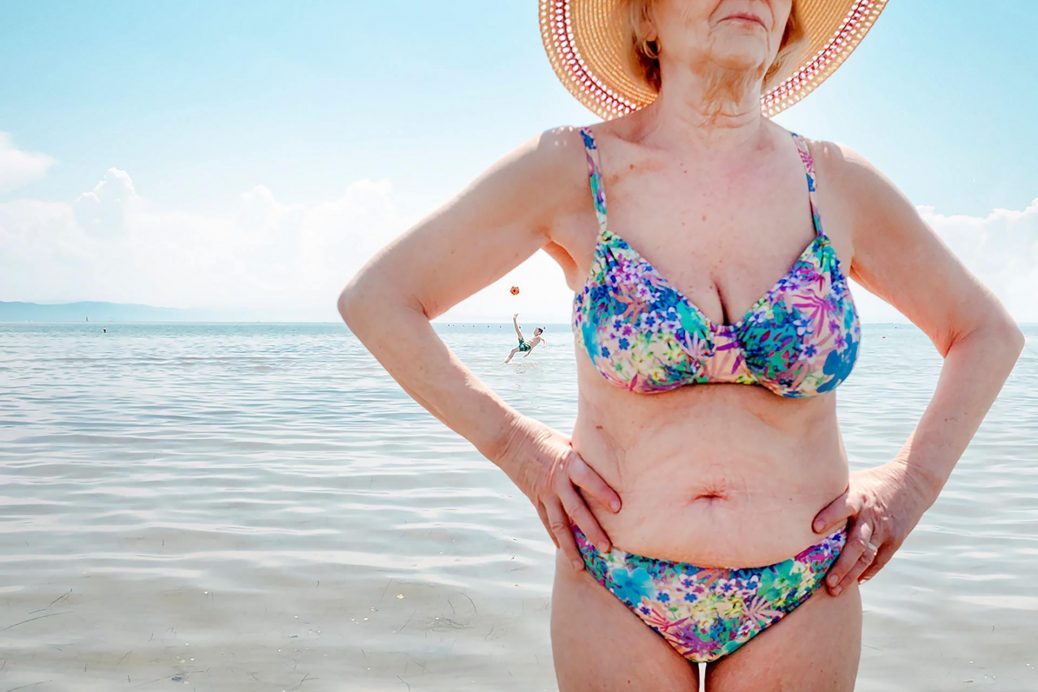Exibart Street Finalist Giancarlo Staubmann Interview
Dear Giancarlo
first of all congratulations! You are one of the 9 finalists of the second Exibart Street Contest.
We received thousands of images from more than 100 countries all over the world, it’s an important result!
How do you feel about it?
Without any doubt I am extremely happy; reaching such an important and prestigious goal was an unexpected result for me, that made me not only glad but also very proud of myself.
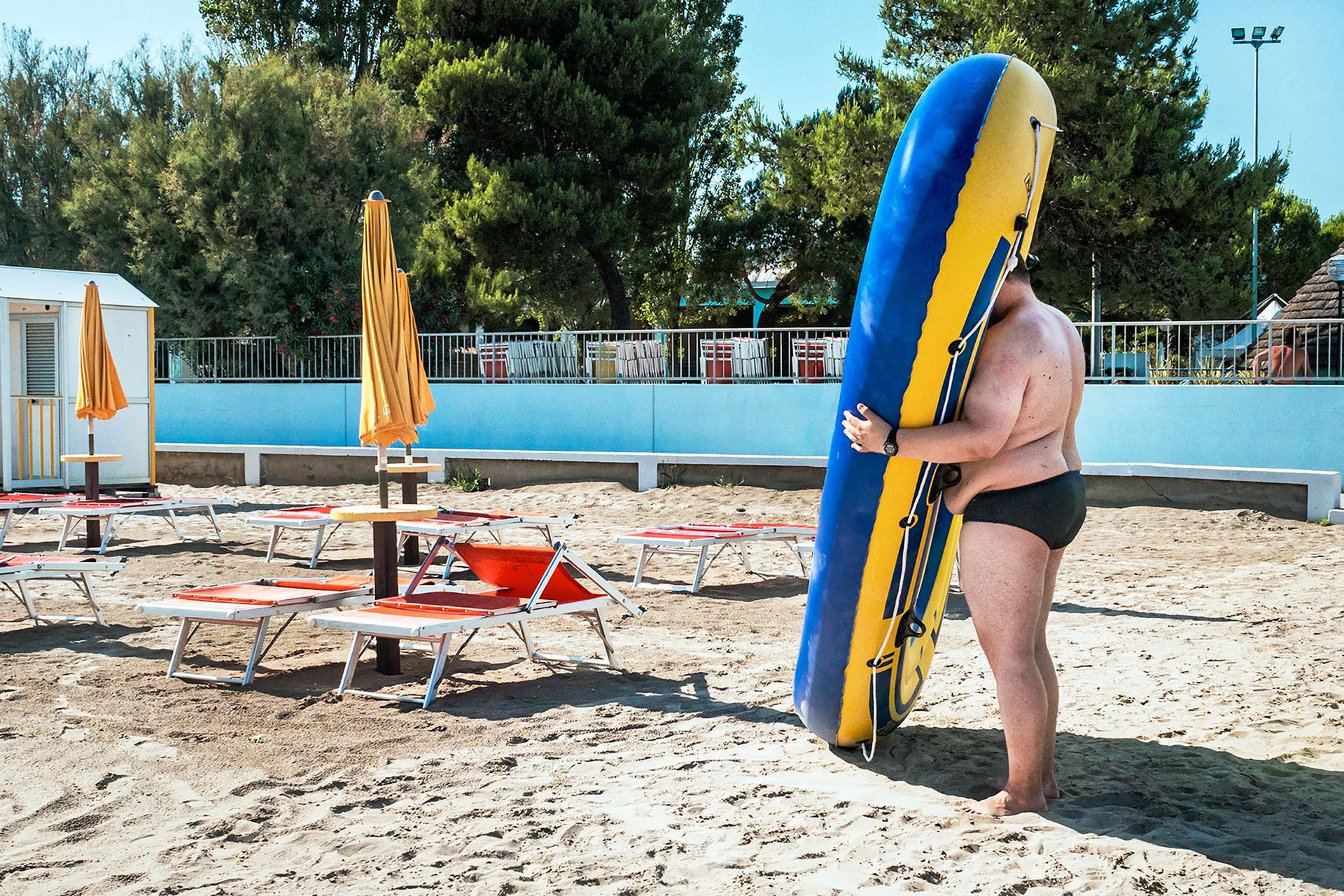
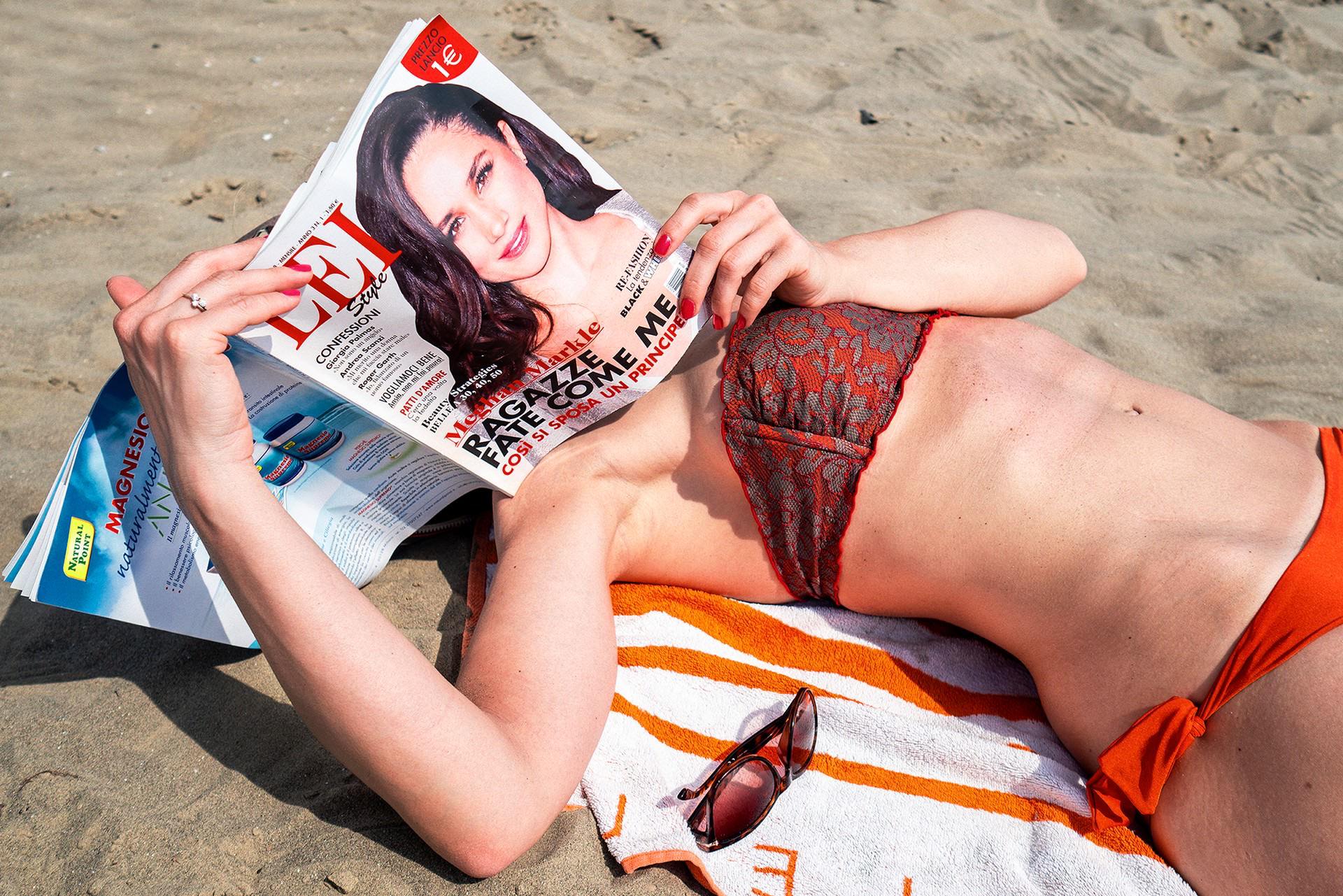
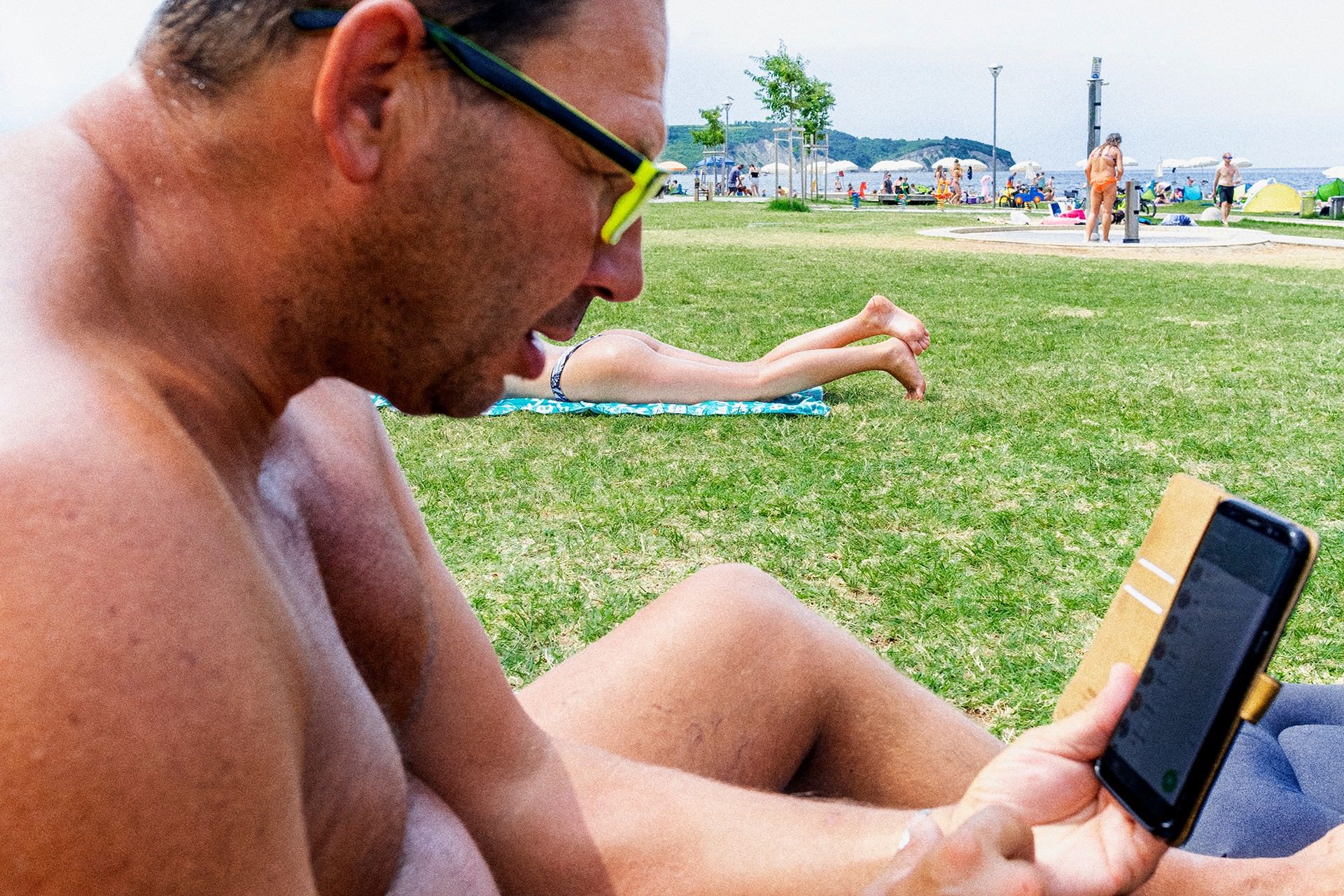
Can you tell something about yourself?
I am 43 years old and I live in Trieste, a small city in north-east Italy; here I teach Italian and Latin in a high school. I have been seriously dedicating myself to photography for more or less twenty years, but it was a kind of latent passion even before, in fact, it already surfaced when I was a child. I remember that during holidays or travels with my parents and family, I often stole my mother’s camera (an old analog Kodak) for taking horrible photos of places and people.
In addition to photography, I dedicate myself to tennis; I think that photography and tennis are no so distant from each other as they seem because there must be the same precision, the same dedication, the same innate tendency for perfection at the bottom of both.
What led you to begin doing street photography in the first place?
I have always considered street photography the soul of photography, the greatest expression of photographic art itself. But, since I am a very shy person, when I started taking photos I almost exclusively took landscape photographs, because they allowed me to avoid any contact with people. If I took pictures of people, they were always very far away or from behind. Actually I wanted to photograph people, but I didn’t have the courage to do it.
The situation suddenly changed in 2015, therefore quite recently, during a trip with my father on the Bernina train. I remember that I took a picture of a man yawning inside the wagon, turning his back on the beauty of the mountains that opened behind him. it was an almost paradoxical situation, full of contrasts – so much beauty on the one hand and so much indifference towards it on the other – and I realized that I had to register and to fix it in some way. That was the first time that I found the courage to photograph people, without any kind of hesitation or fear. The man noticed that I took the camera and that I shooted him, but he didn’t say anything.
So I could say that from that moment street photography started for me.
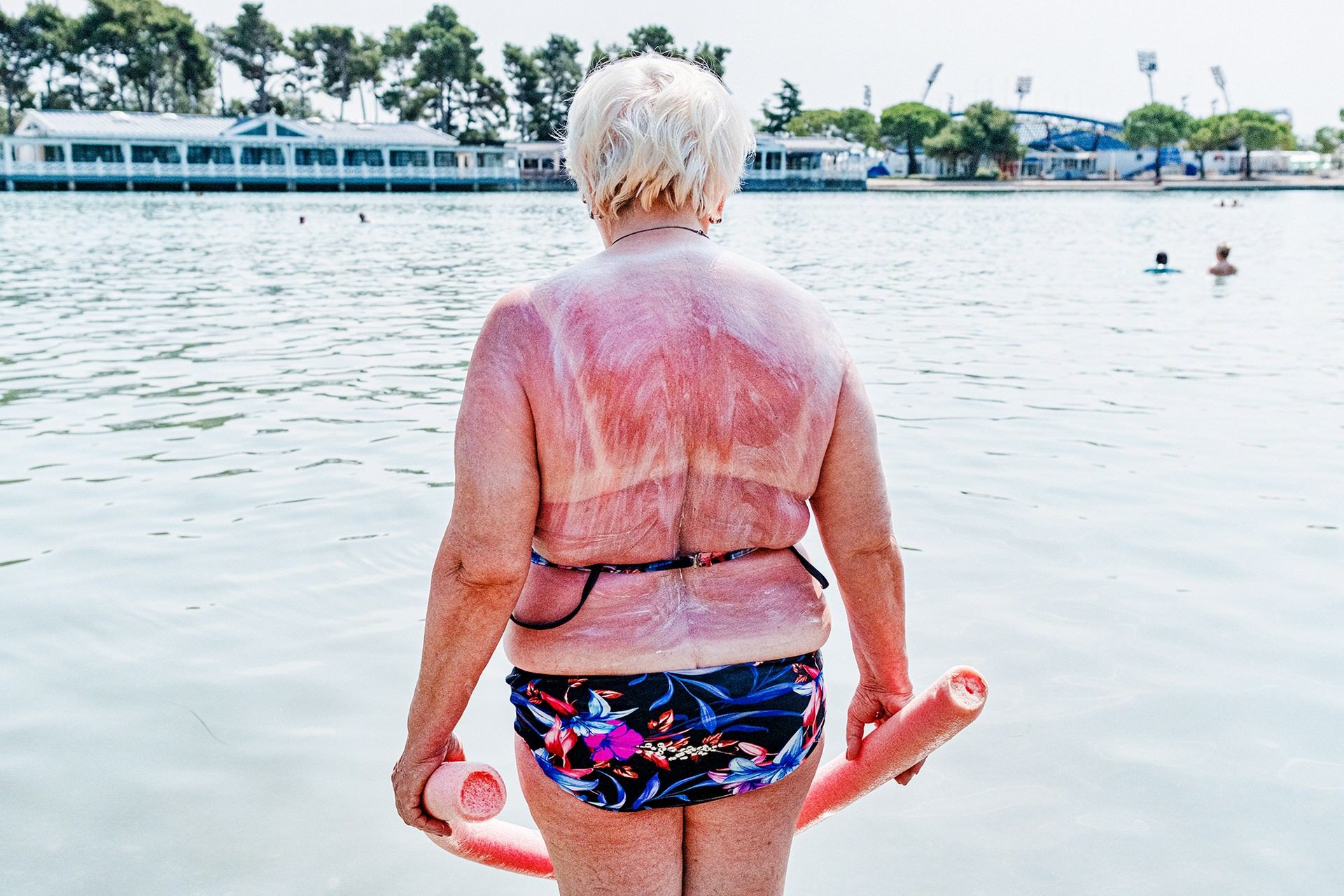
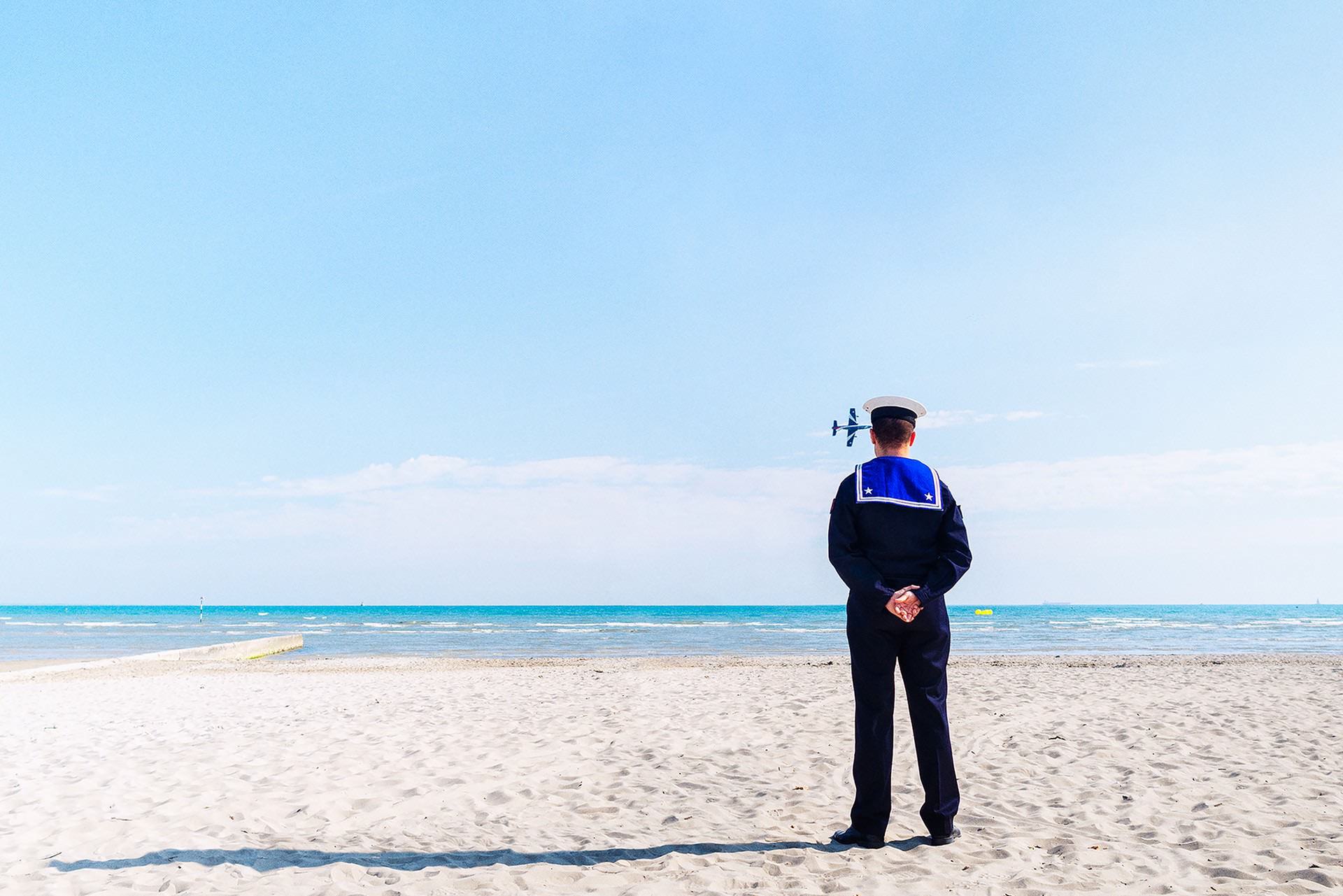
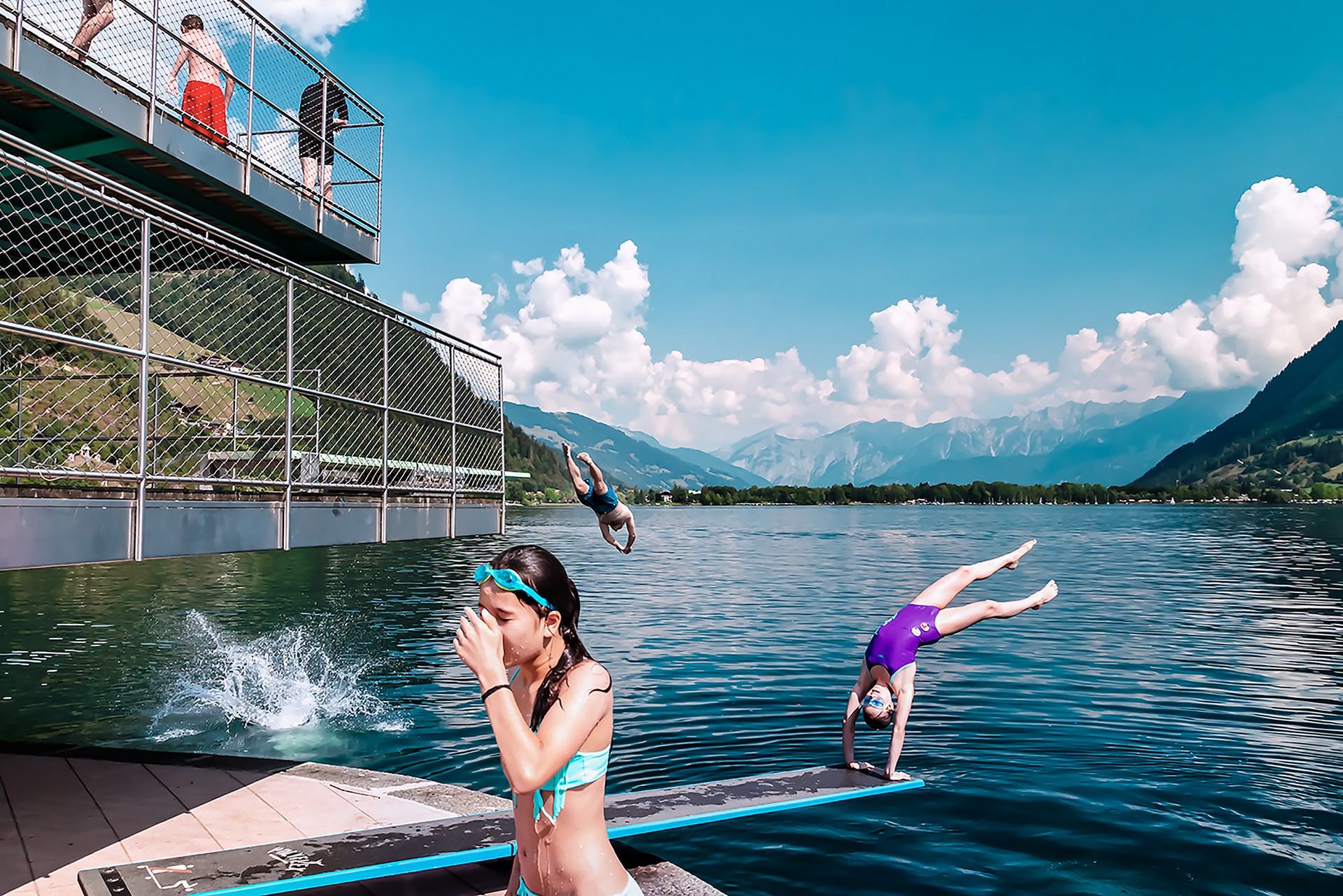
How would you define your photographic style?
Ironic, sometimes grotesque, clean. I use these three adjectives because I try to catch the most bizarre or weird aspects of reality, the contrasts or the paradoxes that make you smile but also reflect about the world we live in. I deliberately avoid representing its most tragic or dramatic aspects, because I believe that pain is something private, too intimate for me to allow myself to get into it.
Finally, I wrote “clean” because I try to compose the image with the greatest care and order; I like to pay attention to the geometries, to the balance of volumes and spaces. I think they are very important aspects also for street photography because they can give a great incisiveness to the meaning we want to give to our pic.
Have you ever studied at a photography school or are you a self-taught artist?
Completely self-taught.
What kind of equipment do you use and what role, in your opinion, does equipment have in street photography?
Now I’m using a Fujifilm XT-3; I love this camera because its quite small, absolutely not heavy and it is an excellent quality camera. The equipment in street photography is, of course, very important; perhaps not as much as for macro, landscape, or studio photography, which always requires very sharp images with low noise. I believe that for street photography the first requirement that a camera must have is handling and versatility.
“There are certainly ethical limits that must be respected. Diseases, pain, death are too personal to be photographed and exposed under everyone’s eyes. I would find immoral and profoundly reprehensible to gain money or gain notoriety with photographs showing the dramas of others.”
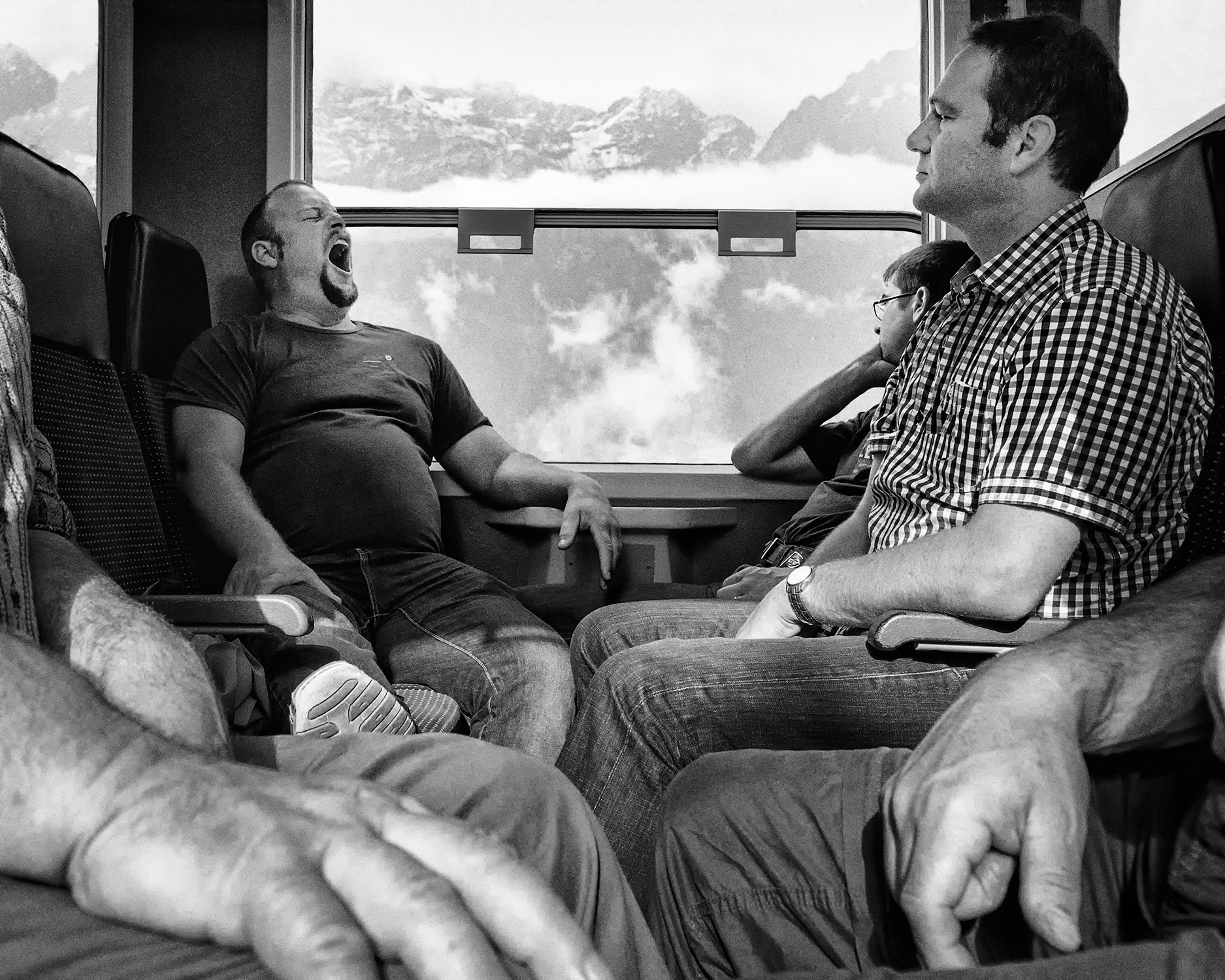
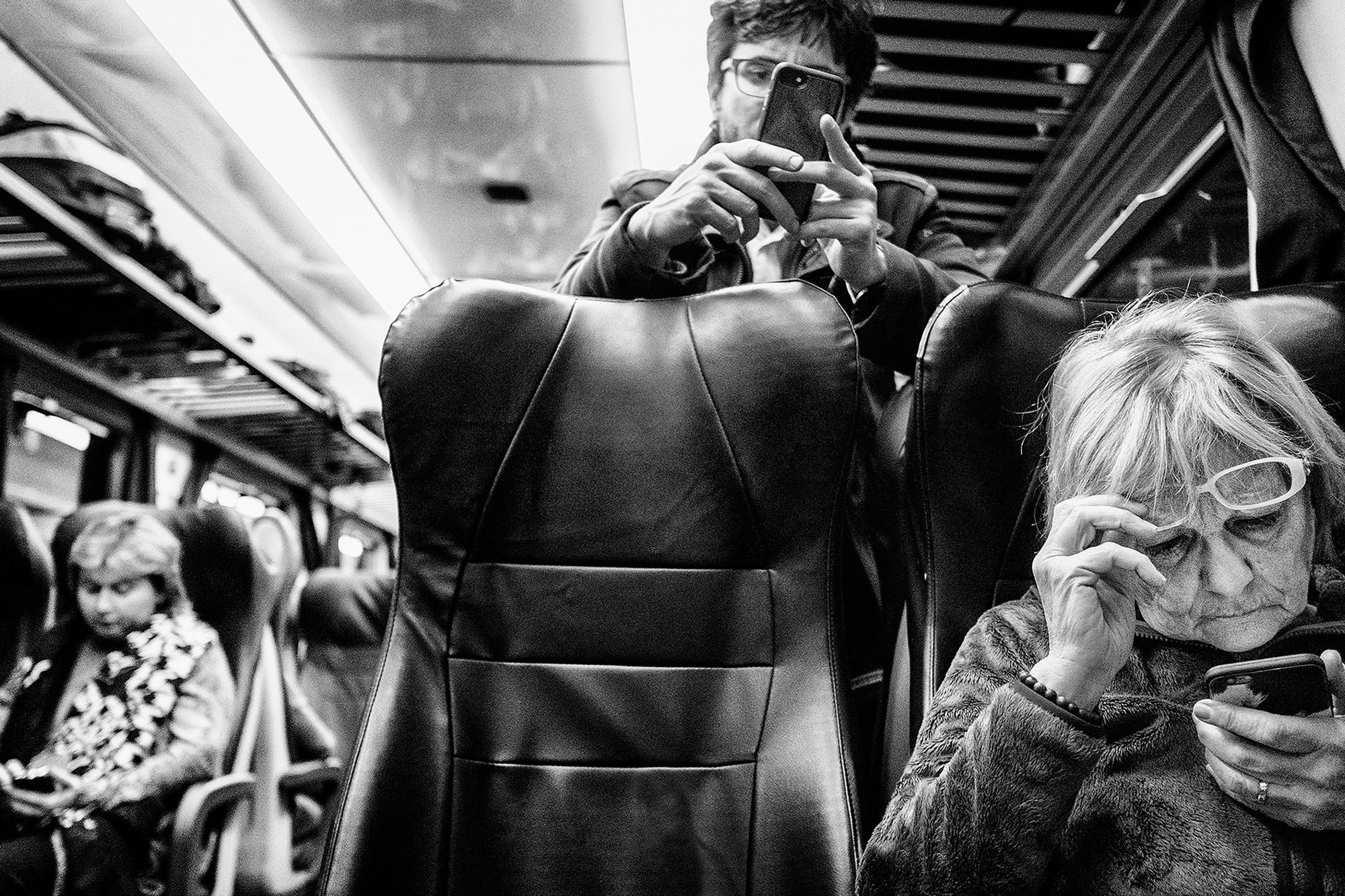
If you had to choose one lens that you would have to be using for the rest of your life, which one would that be and why?
A 35mm lens. It allows you to take almost any type of photography; it can range from street to architecture, from the landscape even to the portrait.
Do you ever do Street Photography with your smartphone?
No. I’m quite skeptical about using a smartphone to take pictures. I like to “manually” control the tool I use to take the photo, and I like to post-produce the image with a computer, because this is an operation that allows you to study the image, to understand if the image is really good or if, on the contrary, it is not (and generally I could say that if an image requires very strong and invasive postproduction, it is not a good image). All these are operations that can only be carried out with a camera.
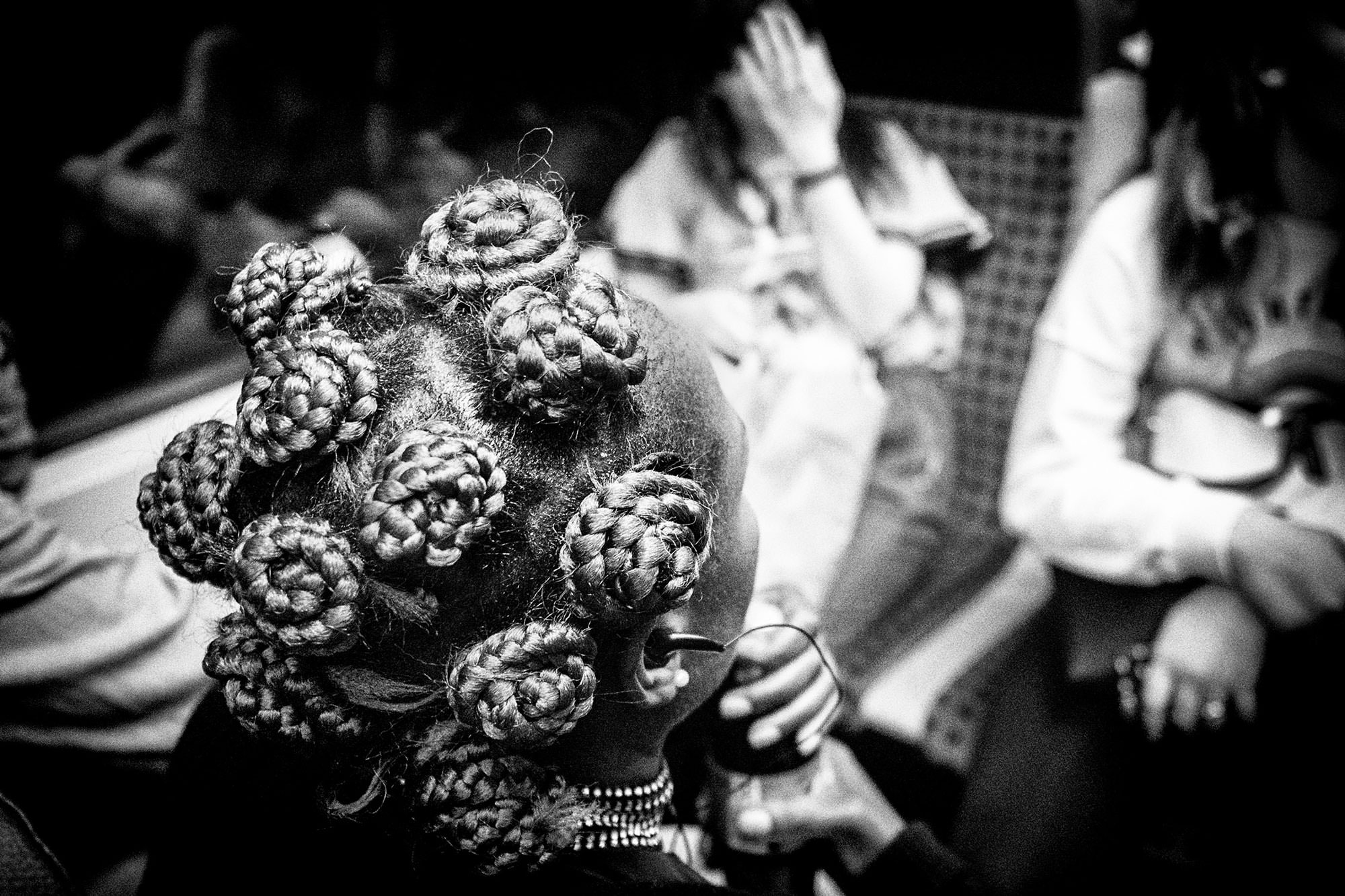
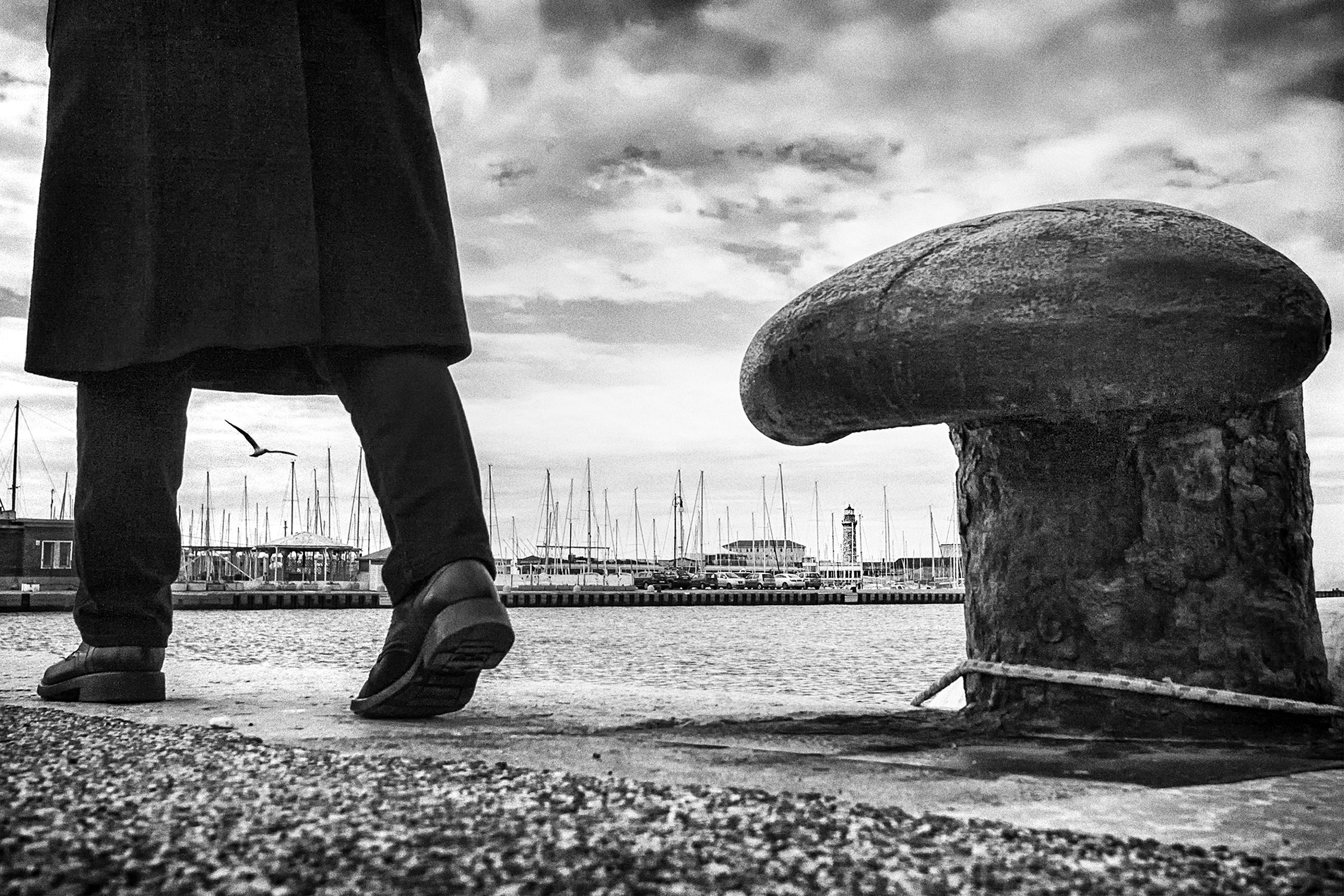
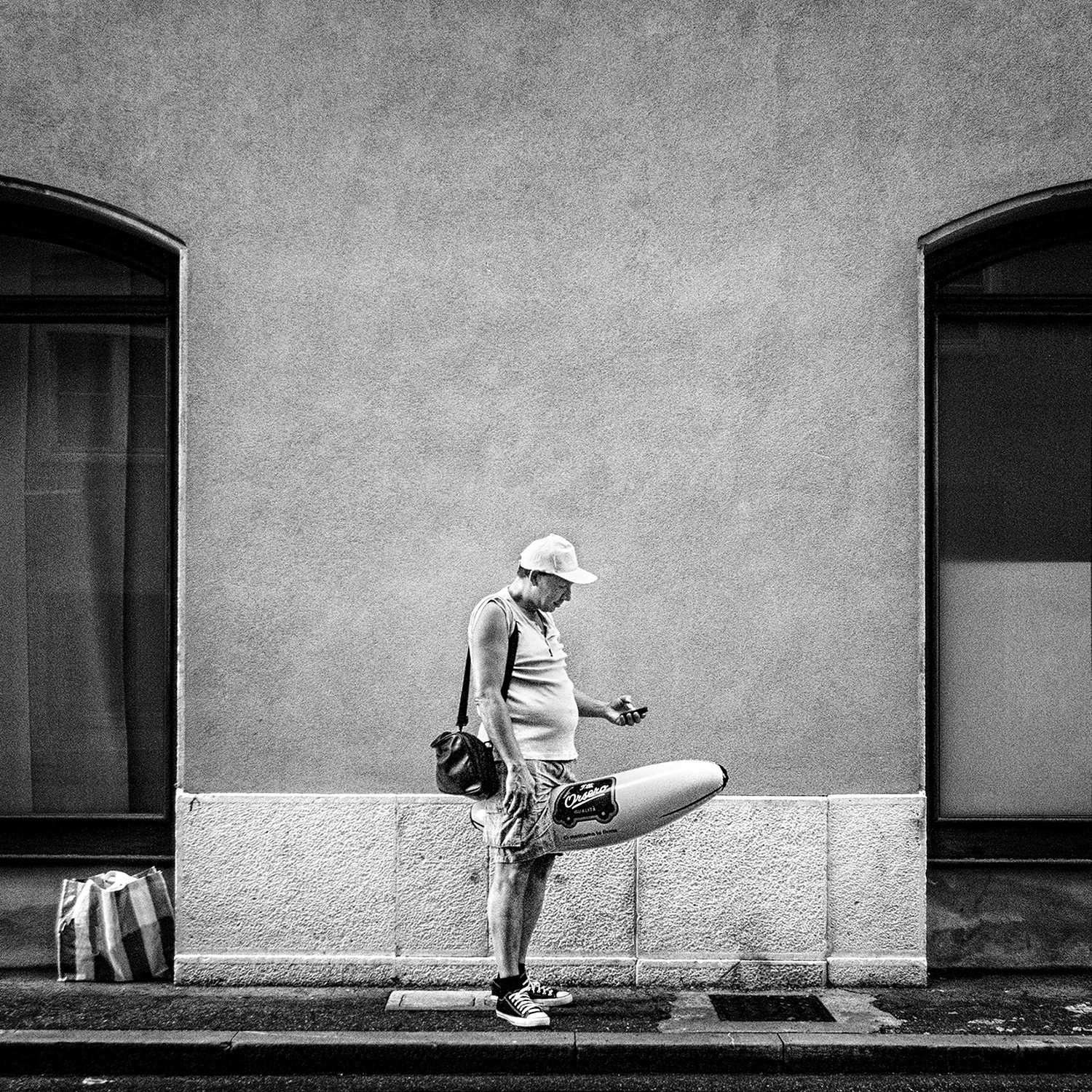
Analog and digital photography. Do you see these as alternatives to one another or the same thing?
I believe they complement each other; I don’t consider them as very different expressions, necessarily opposite to each other. Instead, I believe that knowing both allows for achieving better results.
Black and white and color. Two different worlds. You decided to go color. Why?
To be honest it is almost a coincidence that the series of images you have chosen is in color. Generally, I think and shoot in b&w. For this series, in particular, I chose the color in order to obtain a better adherence to the reality I shooted. B&w in itself is an abstraction, it doesn’t reproduce reality as we see it, but it is already an interpretation of it.
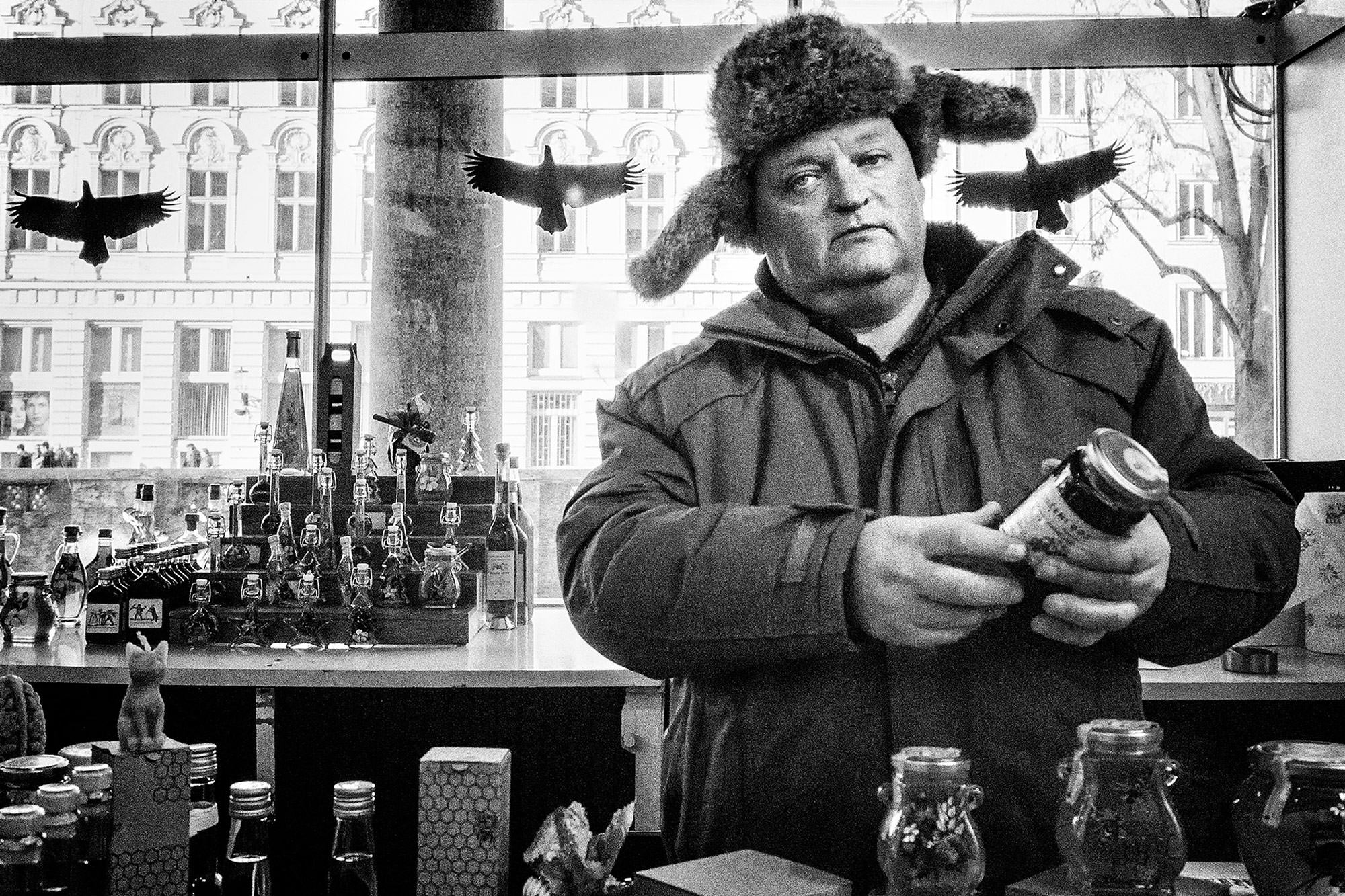
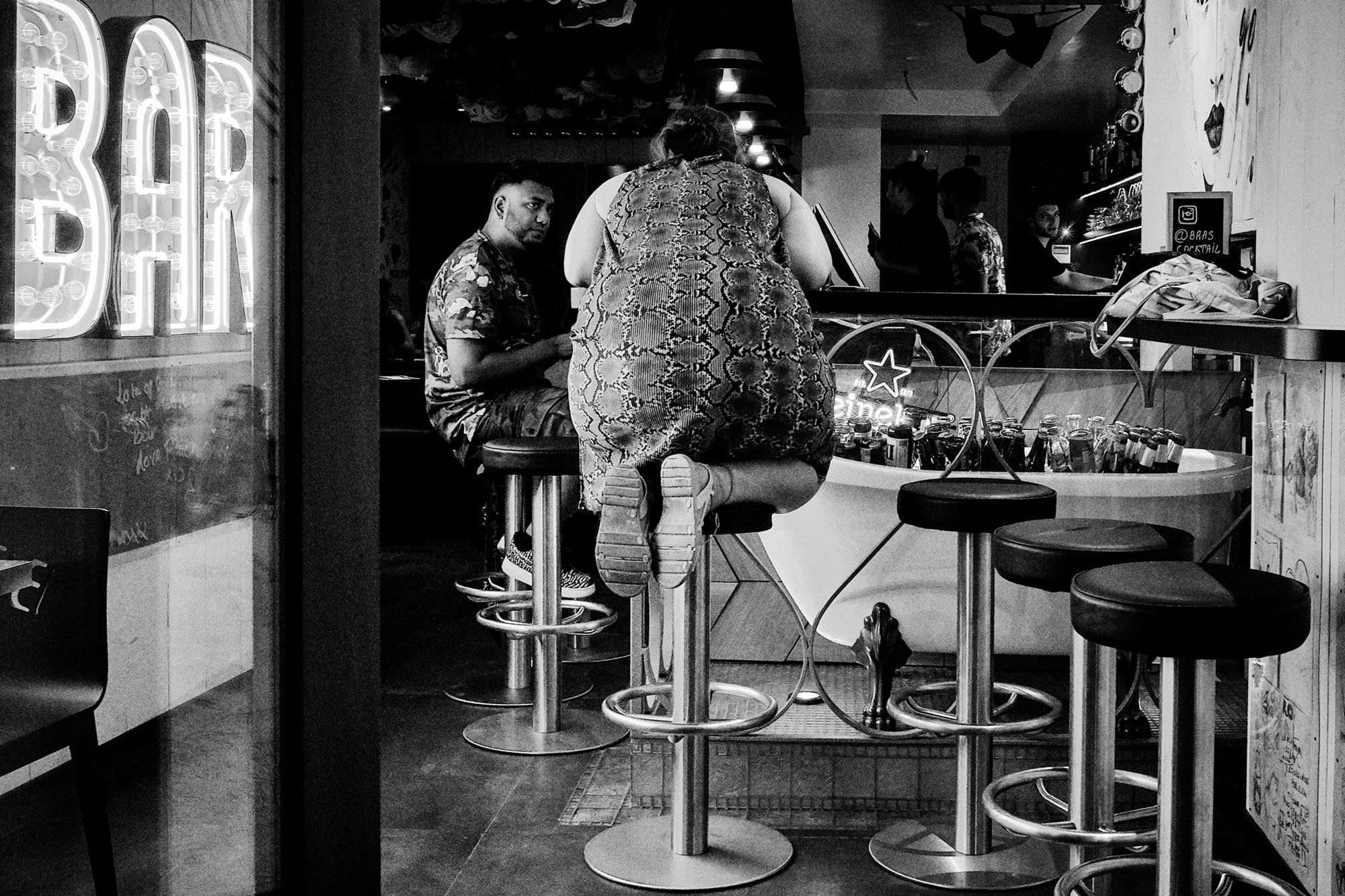
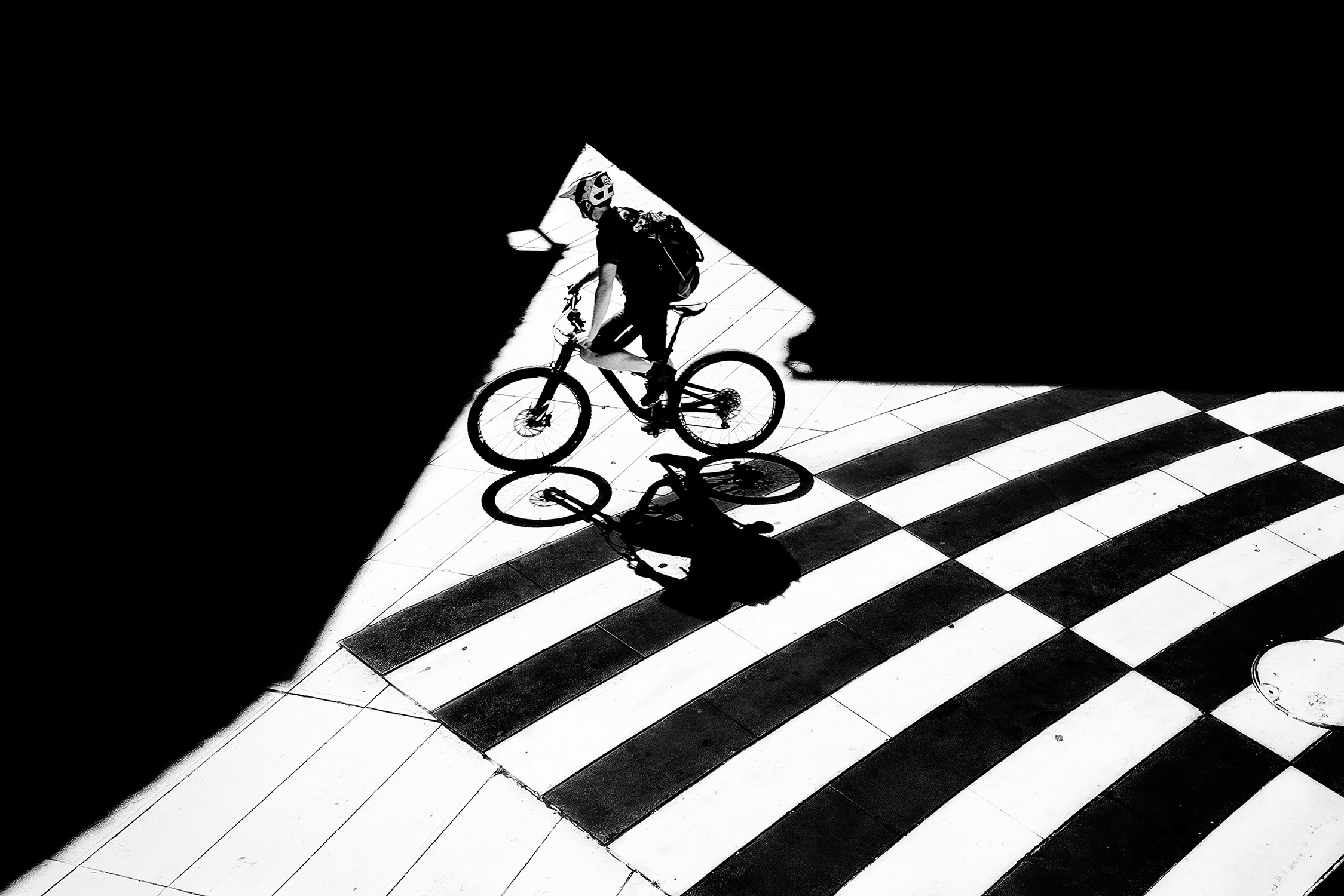
Do you ever shoot in Black and white?
Most of the time I would say.
Is there a country or a city that you like to photograph more than others?
At the moment I don’t have a special preference. I like candid situations, in which the action is born and develops almost by itself. I believe that this is an essential condition for street photography and that it can be found almost everywhere.
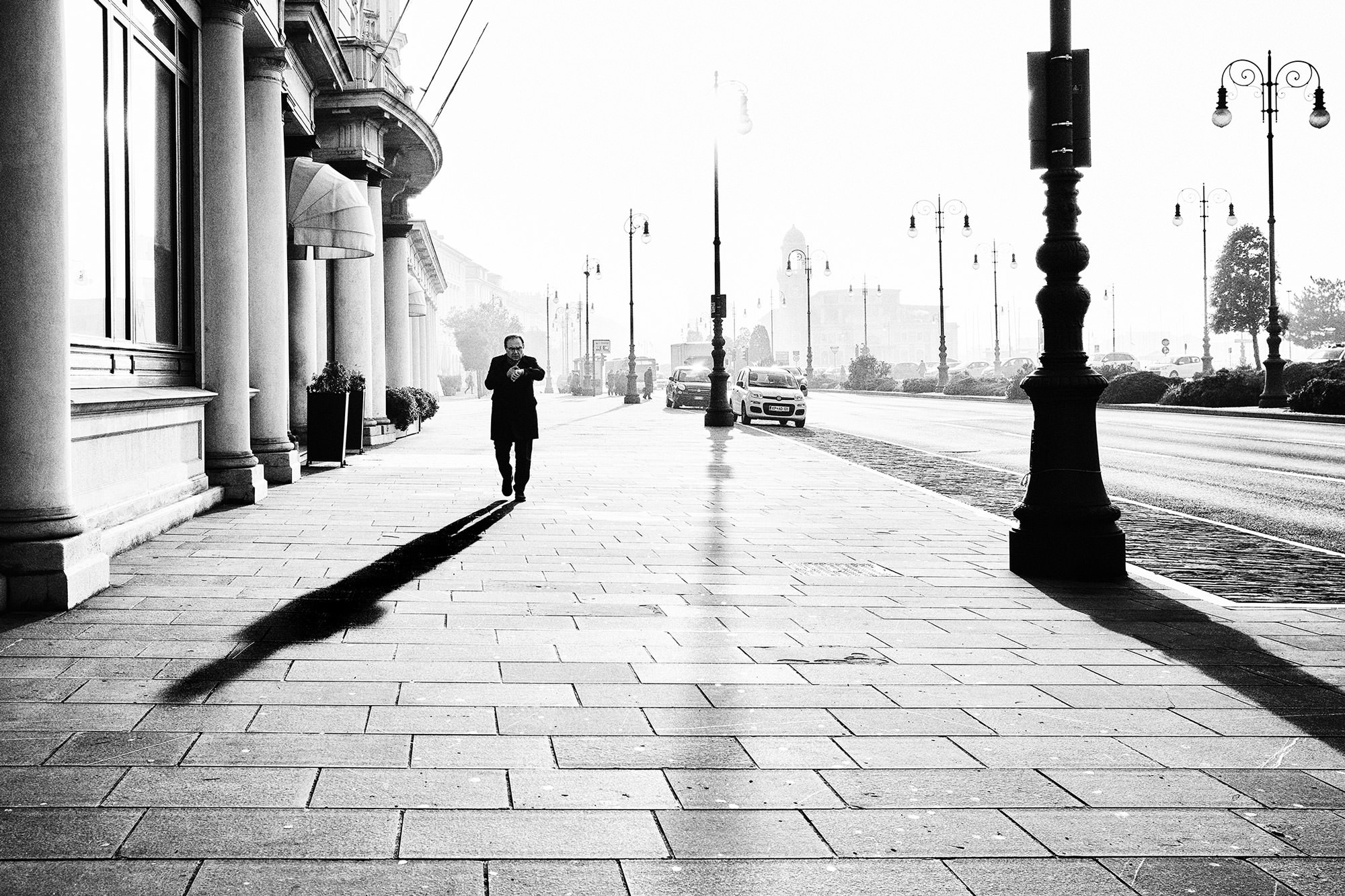
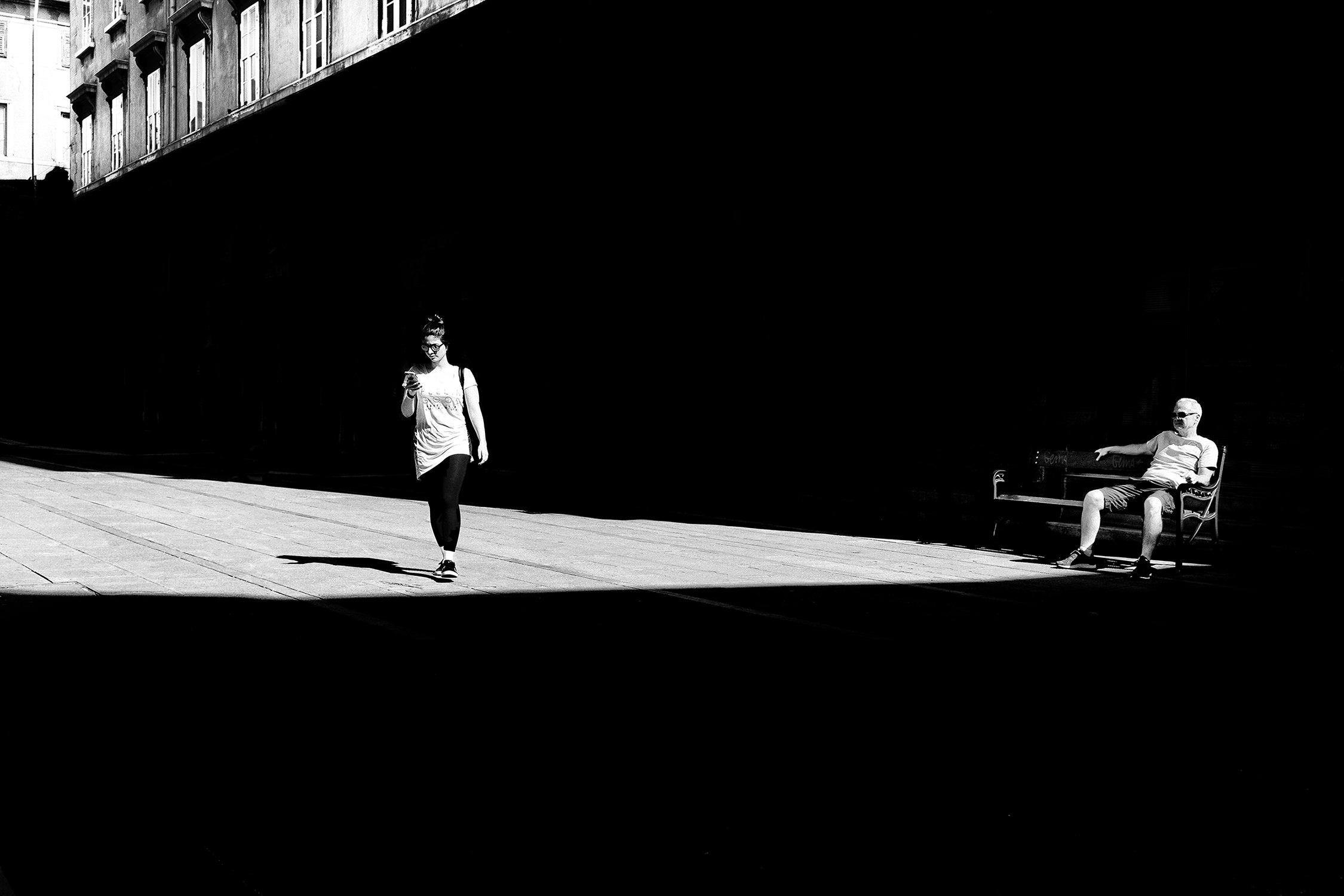
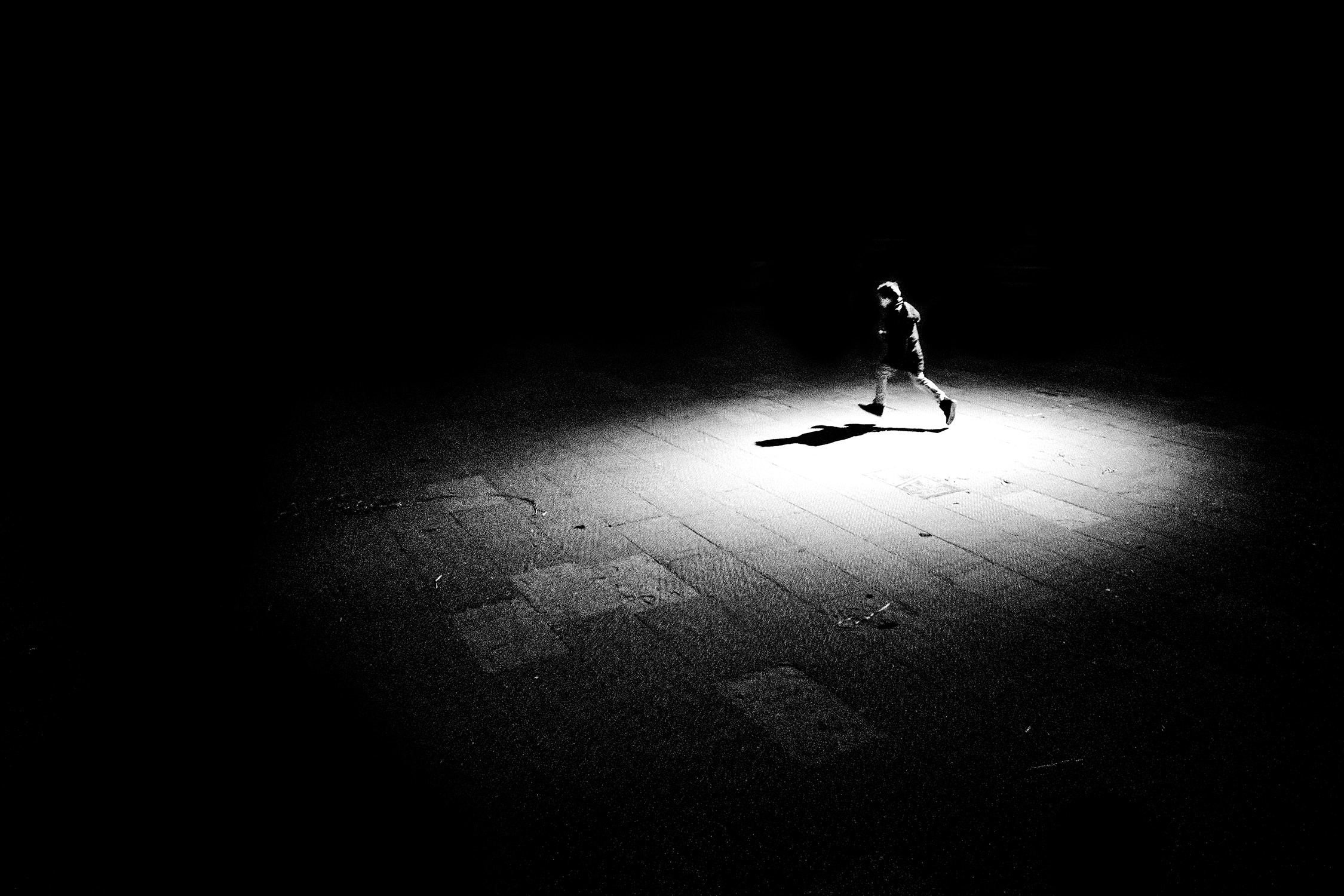
In the last couple of years street photography has grown a lot. What do you think is the reason for that?
Maybe because we are all looking for an artistic expression that leads us to reality, that allows us to understand it better and, of course, to understand ourselves better.
I hope it is not just a passing trend.
Shooting street photography it’s not always a simple thing, in the various situations that may arise sometimes people overreact to street photographers or sometimes some street photographers are invasive: what is your approach in street photography?
Since, as I wrote above, I am very shy, I try to be as less visible and invasive as possible. When I shoot I try to go unnoticed; then, if the subject realizes the shot and doesn’t want it, I simply delete it.
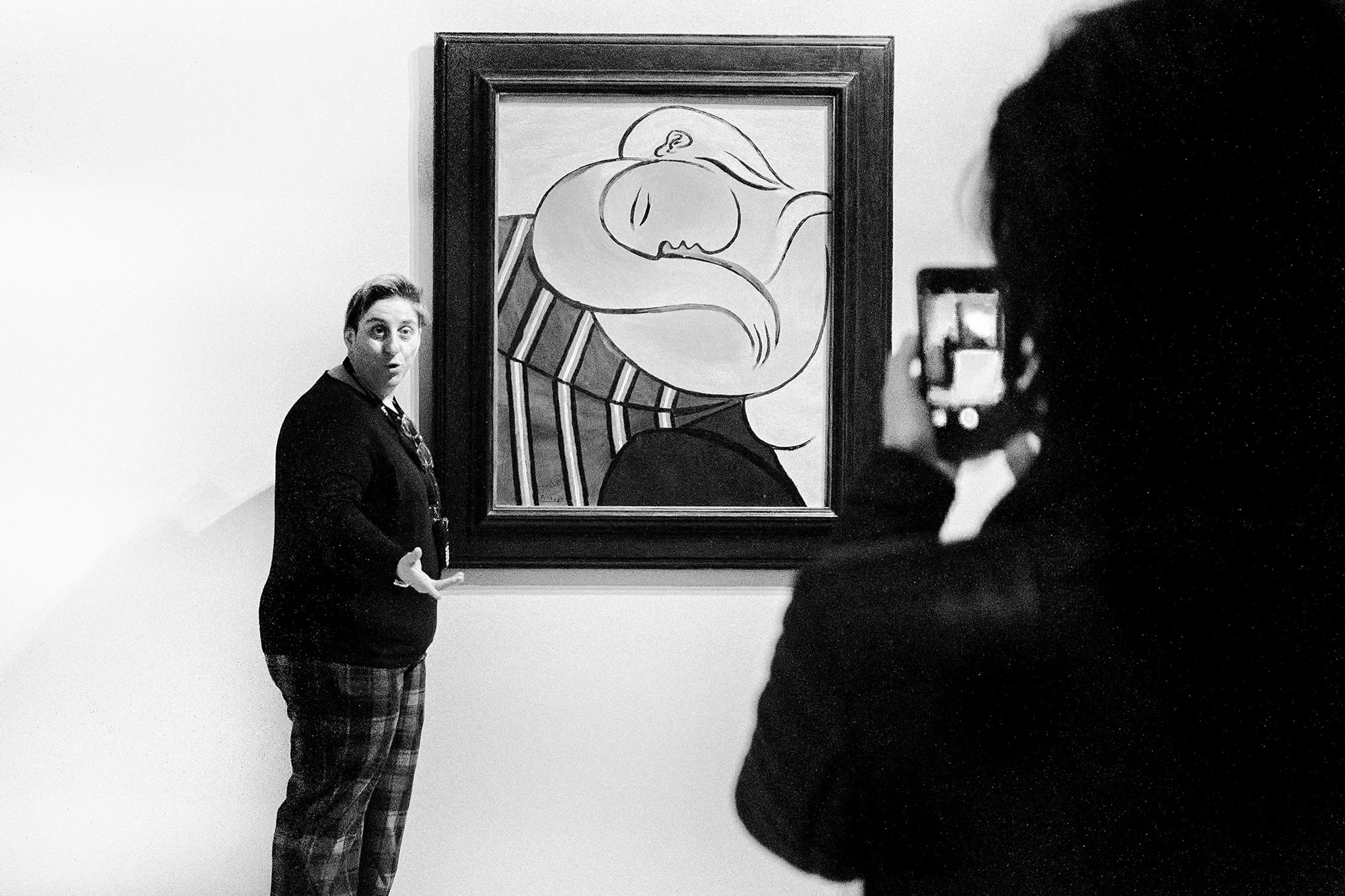
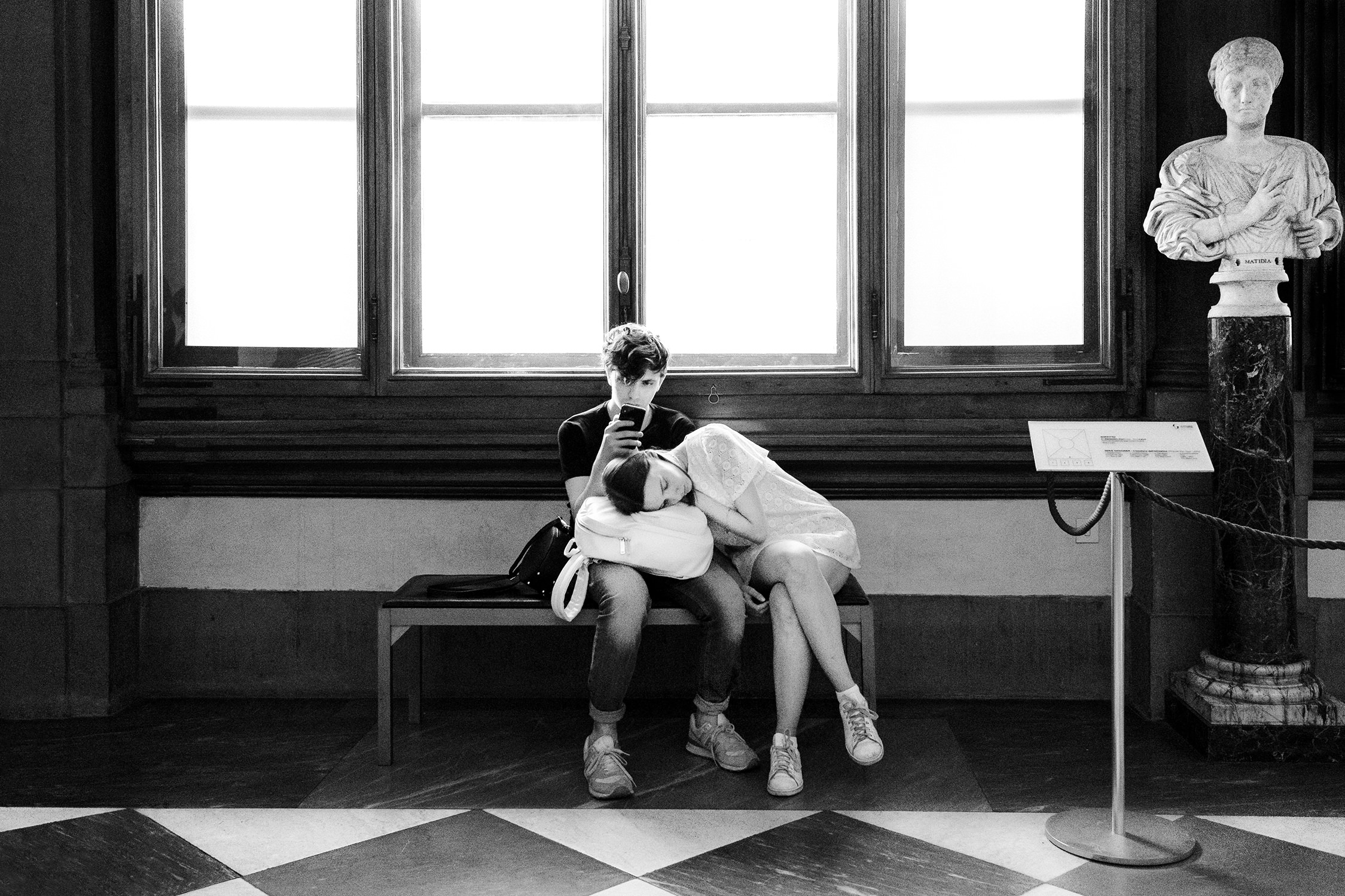
“I try to compose the image with the greatest care and order; I like to pay attention to the geometries, to the balance of volumes and spaces. I think they are very important aspects also for street photography because they can give a great incisiveness to the meaning we want to give to our pic.”
When you take photos, do you ever have a theme/project in mind?
Having a project in mind is an important condition but it is not the necessary condition; I believe that the most important thing is to know which photo you want to take, which result you want to get from the single photo.
Do you think there are ethical limits in street photography? Do you think it’s possible to shoot everything and everybody?
I think I already answered this question. There are certainly ethical limits that must be respected. Diseases, pain, death are too personal to be photographed and exposed under everyone’s eyes. I would find immoral and profoundly reprehensible to gain money or gain notoriety with photographs showing the dramas of others. I have many defects, but I am not able to exploit the suffering of others for personal ends.
Are there any photographers or artists who inspired you or influenced your way of creating street photography?
Henri Cartier Bresson, Robert Doisneau, Elliott Erwitt, Richard Kalvar, Garry Winogrand, Robert Frank, Fred Herzog, Vivian Maier, Martin Parr, Alex Webb.
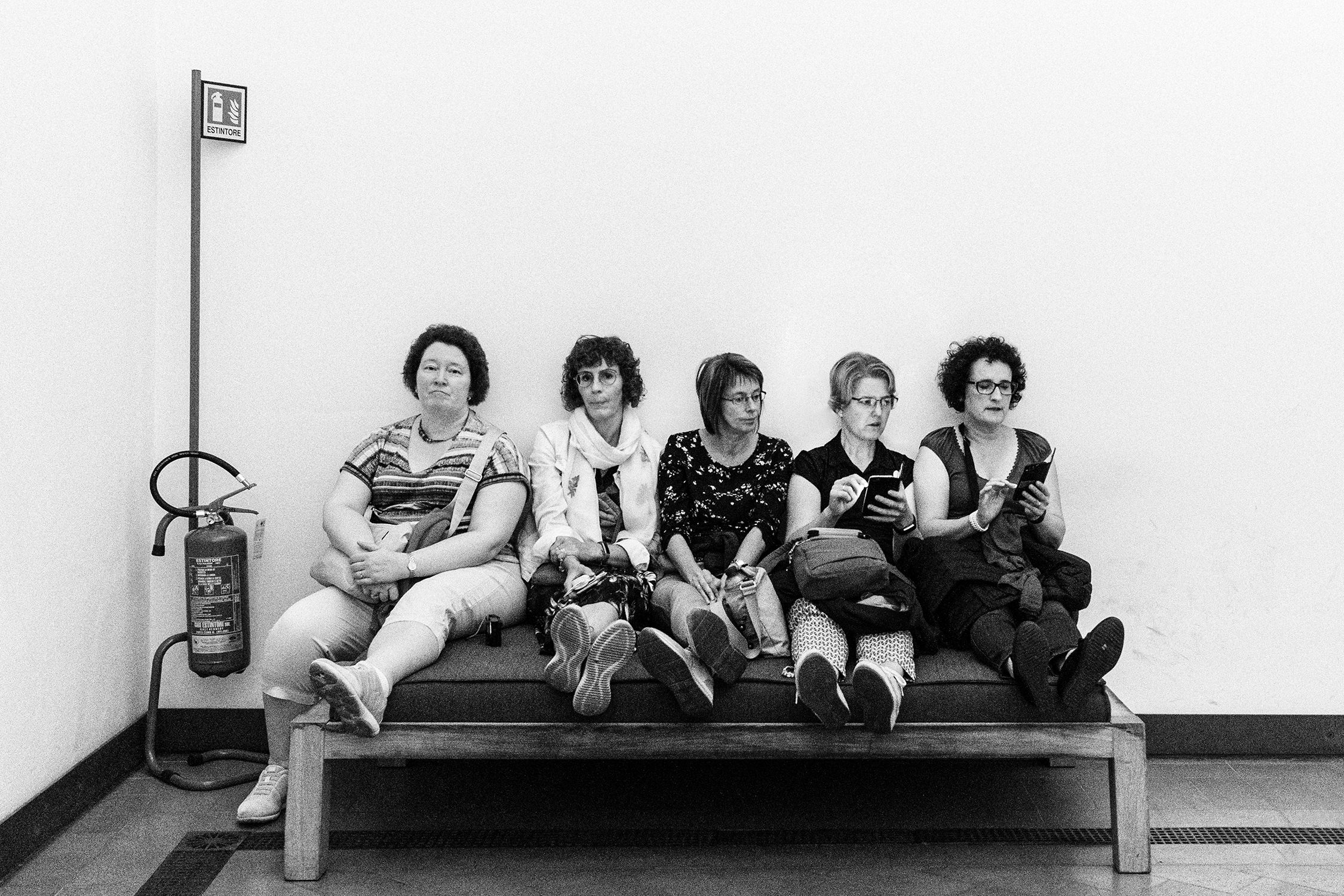
What does art mean for you? And which, do you think, are the opportunities that art can provide to the street photographers who choose to express their identity through that discipline?
I consider art the highest and the most comprehensive expression of human feelings and ideas. I wrote “human” because art, like the smile, is a prerogative of the human being. I think it can be useful not only for the street photographer but for everyone, because art educates, refines, elevates the soul of man.
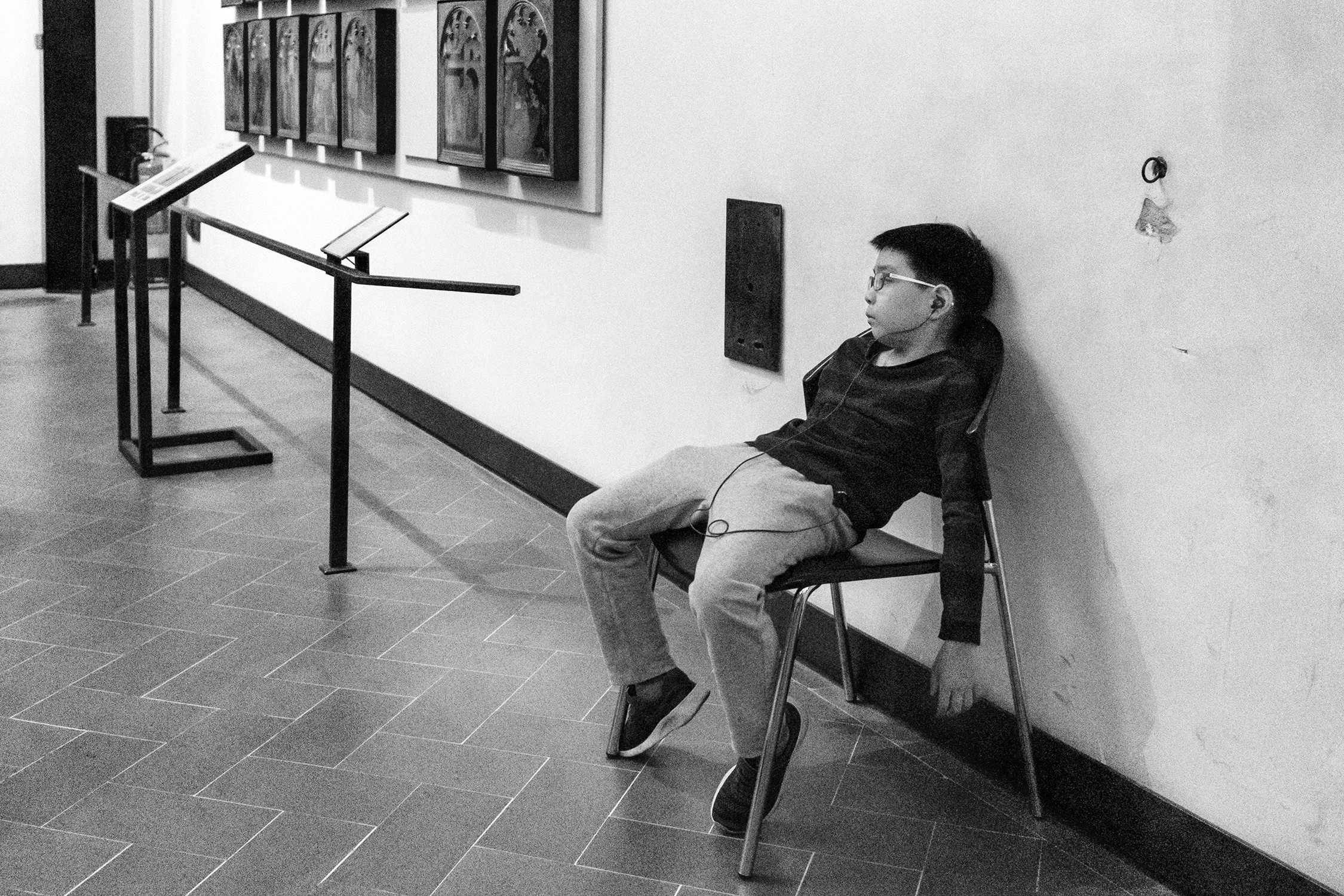
Are you currently working on any project?
To be more precise until a few weeks ago I was working on a new project focused on museums and how we behave or act when we visit a museum. The virus and the quarantine stopped the final realization. I hope to be able to get it back as soon as possible, above all because it will mean that we will have been able to control and eradicate the virus.
Which are your favorite photography books?
I love monographs; if they are good they allow to know an artist almost completely: his works, his conception of photography, his evolution.
What advice would you give to someone who is starting to do street photography?
Always question yourself, don’t worry so much about mistakes, do them and then understand them, because they always allow you to learn; always try to go beyond your photographic comfort zone.
Thank you!
GIANCARLO STAUBMANN BIOGRAPHY
I was born in Trieste, Italy, in 1976. My first approach to photography came rather early, around the age of 10, when I was given my first camera, an old analog Kodak. Over the years my love for photography has grown, and I have dedicated myself mainly to street photography and minimalist photography. Over time I have received several national and international awards.
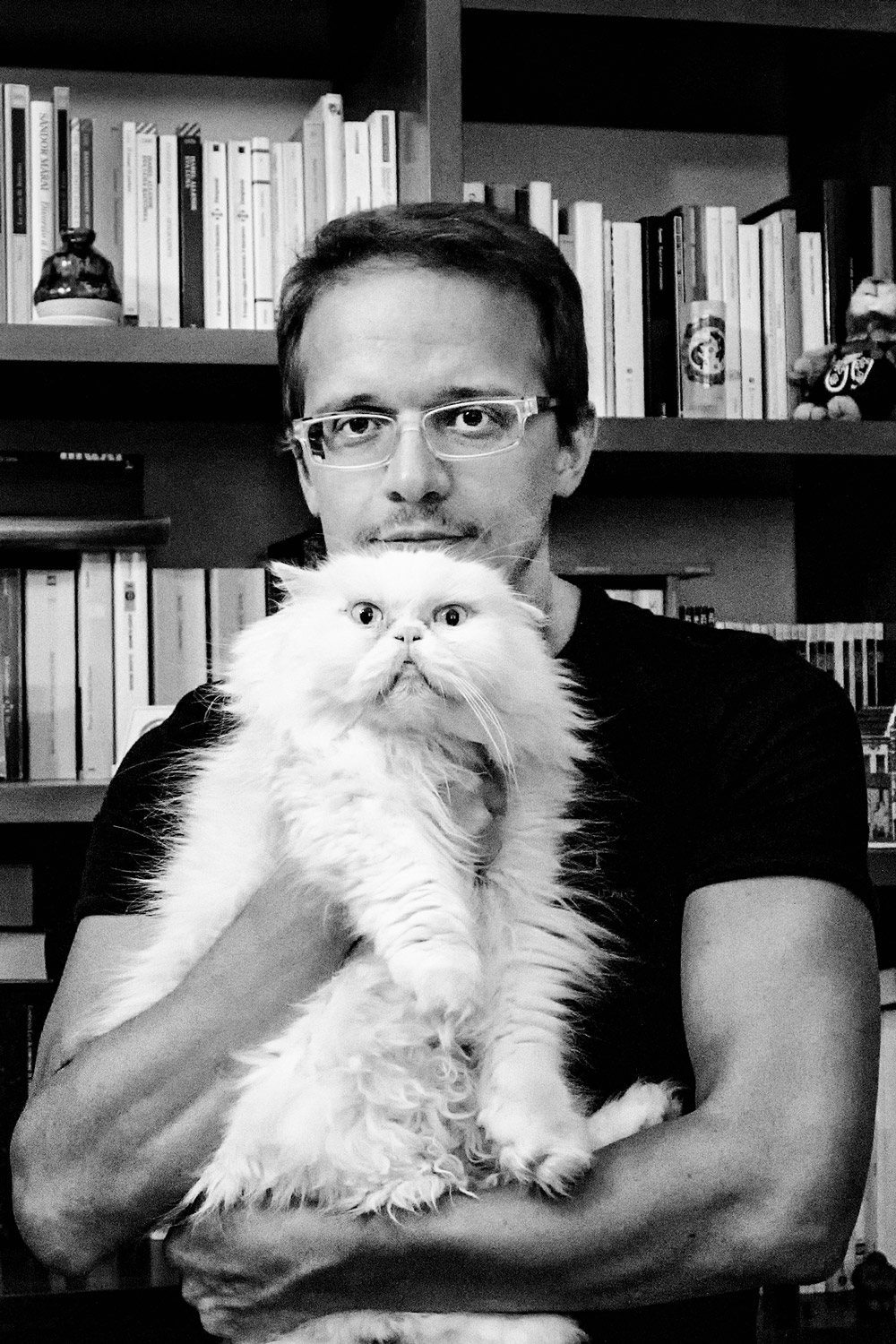
Giancarlo Staubmann Links:
Instagram: https://www.instagram.com/giancarlostaub/

